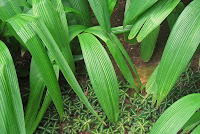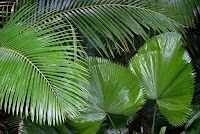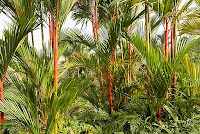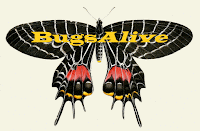F a u n i s c a n e n s
This page has been updated - Click Here to View
Common Name:
Taxonomy:
Morphology:
Sexual Dimorphism:
Distribution:
Flight time:
Habitat:
Life History:
Voltinism:
Larval hosts:
(all locations)
Adult food sources:
(all locations)
Photos:
(Click to view large)
the Common Faun Photos at the bottom of the page
Arthropoda - Insecta - Lepidoptera - Morphinae - Faunis - canens (Hübner,1820)
wingspan - 60-75mm, wing colour - both sexes UP orangy-brown devoid of any markings, UN dark brown with darker transverse lines and a sub-marginal row of white spots on hindwings and forewings, eye colour - black, proboscis colour - brown, antennae colour - brown, abdomen colour - orangy brown, leg colour - brown, flight - low
female slightly larger than the male
India, Bhutan, Myanmar, Thailand, Laos, Cambodia, Vietnam, China, Malaysia, Singapore, Indonesia, Philippines
all year depending on location
dense deciduous and evergreen forest up to 1500m asl
¦¦ egg 8 days ¦¦ instar1 5-6 days ¦¦ instar2 4-5 days ¦¦ instar3 4-5 days ¦¦ instar4 6-10 days ¦¦
¦¦ instar5 8-10 days ¦¦ pupa 9-12 days ¦¦ Total egg-adult 44-55 days. All times variable in this species.
multivoltine
Caryota mitis, Cyrtostachys renda, Elaeis guineensis, Licuala grandis, Pholidocarpus kingiana, Pinanga scortechinii (Arecaceae), Molineria latifolia (Hypoxidaceae), Musa sp. (Musaceae)
Actual host plant used depends upon location and availabilty of plant species.
Nectar: not known to feed on nectar
Other: mud puddling (occasional), rotting fruit

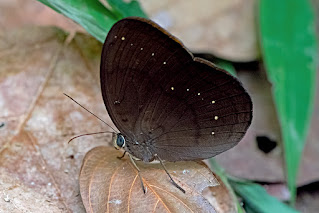
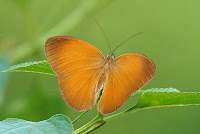

%20gallery.jpg)
